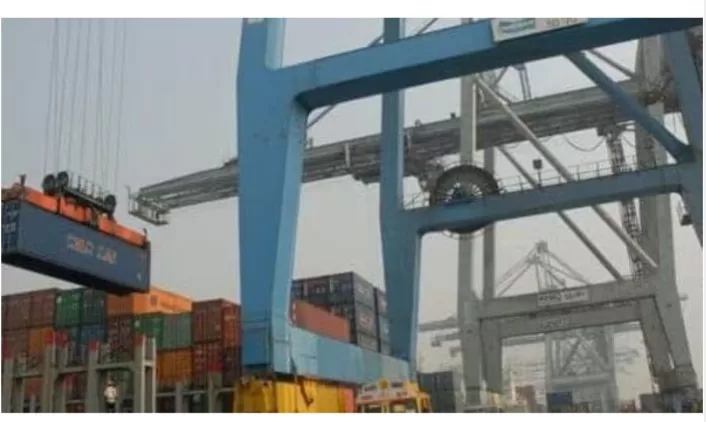In a bid to achieve a target of USD 2 trillion in exports by 2030, a report by the PHD Chamber of Commerce and Industry (PHDCCI) highlights key measures necessary for enhancing India’s export competitiveness.
The report suggests that comprehensive trade pacts, coupled with reductions in the cost of capital, power, and logistical expenses, will play a pivotal role in driving India’s exports. Identifying 75 potential export products, including marine items, iron ore, chemicals, pharmaceuticals, cotton, aluminum, and tankers, the report emphasizes schemes to promote shipments in these sectors.
“The 75 products, contributing around USD 222 billion, represent approximately 50% of India’s total exports. Despite their significant global presence, India’s share in these products is only 6% of the world’s total exports,” the report states.
According to the PHDCCI, service exports, traditionally concentrated in North America and Europe, hold potential for growth in emerging continents like Asia, Africa, and Latin America. The report encourages the negotiation of new comprehensive free trade agreements, particularly in the service sector, to offer diversified opportunities.
Addressing financial aspects, the report suggests that a reduction in the repo rate will lower lending rates, subsequently reducing the cost of capital for businesses. This, in turn, is expected to boost domestic demand and enhance the competitiveness of both domestic and international producers.
While acknowledging the reduction in electricity-related costs, the report urges further attention to high per-unit charges. It emphasizes the importance of land reforms to simplify land acquisition processes and improve the ease of doing business.
Highlighting the significance of skill development, the report suggests that focusing on human resource development will increase efficiency and productivity, making firms more competitive globally.
In terms of export infrastructure, the report stresses the need for upgrading rail and port facilities to reduce logistical costs. To tap the potential of the identified 75 products, the report recommends capacity building through participation in international trade events and the extension of export promotion schemes.
Sanjeev Agrawal, President of the PHD Chamber of Commerce and Industry, commends the government’s dynamic policy environment and exporters’ efforts in connecting with global value chains, noting that these factors have contributed to increased export volumes.
The report also identifies high-growth destinations such as Togo, the Netherlands, Brazil, Israel, Indonesia, Turkey, Australia, and South Africa as contributors to India’s export growth.
By PTI







